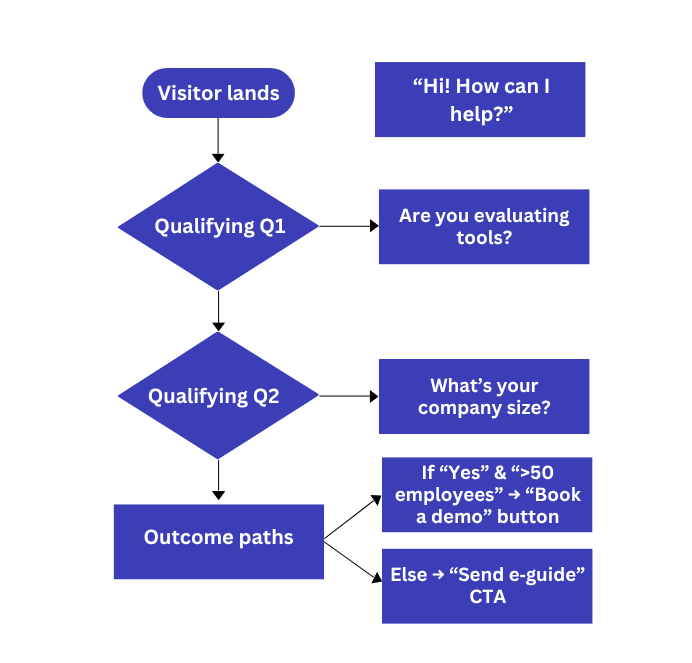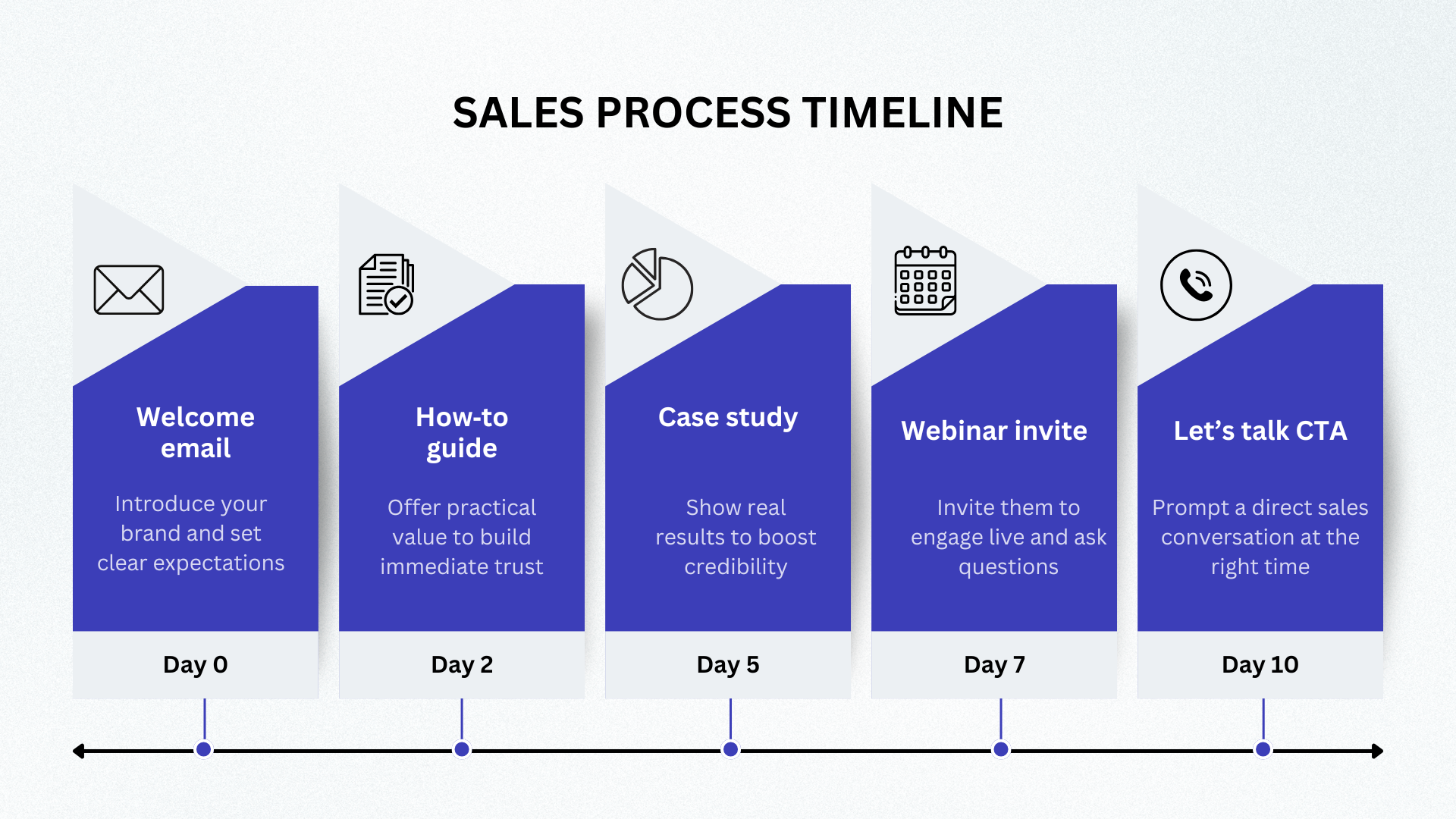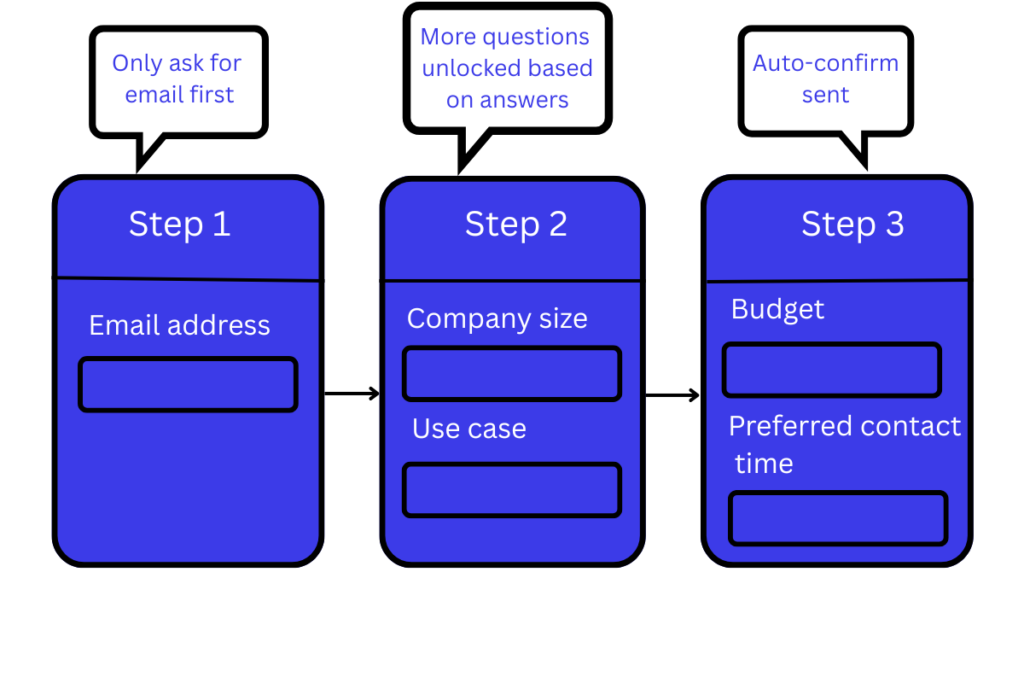How to Automate Lead Generation: 5 Proven Strategies for 2025


Let’s be honest—manual lead generation is exhausting.
As marketers in 2025, we don’t have the time to chase every lead, write every follow-up email, or toggle between 10 tools. That’s where automation steps in. When done right, it’s like hiring a 24/7 digital sales assistant who never sleeps (and never forgets to follow up).
In this blog, we’ll explore five proven strategies to automate lead generation using tools and techniques that actually work in 2025. Whether you’re part of a lean startup or a scaling marketing team, these strategies can help you capture, qualify, and convert leads without burning out.
Before diving into the strategies, let’s break down why automation matters now more than ever:
Marketers lose nearly 80% of leads due to slow follow-ups or poor qualification .
Companies that automate lead management see a 10%+ increase in revenue in 6–9 months.
Time is money. Automated tools work 24/7, scale with your growth, and eliminate repetitive tasks.
Why It Works
AI‑powered chatbots let you qualify and nurture visitors 24/7, on your website or in apps. Rather than forcing prospects to hunt for answers, chatbots ask qualifying questions, surface relevant resources, and even book meetings—instantly.
Adoption & ROI: 36% of companies now deploy chatbots primarily to improve lead generation, and those same organizations report a 67% average lift in sales thanks to conversational qualification.
Sales impact: 26% of all sales now originate from chatbot interactions on websites and messaging platforms.
Intercom uses chatbots on its homepage to ask visitors about their role and pain points, then routes qualified leads directly to their sales reps’ calendars.
Best Practices
Keep it simple: Start with 2–3 qualification questions.
Offer human‑in‑the‑loop handoff: If the bot can’t answer, escalate to live chat or a callback.
Sync with your CRM: Automatically push bot‑qualified leads into HubSpot, Salesforce, or Pipedrive.

Rather than one‑and‑done broadcasts, drip campaigns deliver a sequenced series of emails triggered by user behavior—new subscription, content download, webinar attendance, etc.
ROI boost: Automated email workflows deliver an astonishing 30× higher returns than one‑off campaigns emailmonday.com.
Engagement leader: 41% of marketers rate email as their most effective channel—well ahead of social (16%) and paid search emailmonday.com.
HubSpot automatically enrolls anyone who downloads an e‑book into a 5‑part drip: welcome, how‑to guide, case study, webinar invite, and “let’s talk” CTA—resulting in a 23% increase in MQL‑to‑SQL conversions.

Segment your audience: Tailor drip sequences by persona, industry, or stage in the buyer’s journey.
Use dynamic content: Swap in product names, case studies, or testimonials based on the lead’s profile.
Measure & iterate: Track open, click, and conversion rates to refine subject lines and CTAs.
Well‑designed forms—with progressive profiling, multi‑step layouts, and conditional logic—capture more data while keeping friction low.
Industry average: Online forms convert at 1.7% on average across all industries.
Speed to lead matters: 46% of marketers say they follow up within 1 hour of form submission—and see significantly higher conversion rates as a result.

Typeform uses a conversational, multi‑step form for its “Start Free Trial” page—asking for just email on step one, then company size, use case, and budget on subsequent screens—resulting in a 33% lift in completions.
Ask for only what you need up front. Save deeper profiling for later workflow steps.
Use conditional logic. Show only relevant fields based on earlier answers.
Auto‑respond instantly. Trigger a thank‑you email or chatbot follow‑up within 5 minutes.
Lead‑gen ads (Facebook, LinkedIn, Google) let prospects submit a sign‑up form right within the ad unit—no landing page required—eliminating clicks and boosting conversions.
Average performance: Facebook lead‑gen ads see a 2.53% CTR across industries.
Lower CPCs: Because you’re keeping users in‑platform, bid costs and drop‑off rates often run 20–30% lower than traditional landing‑page campaigns.
Shopify ran LinkedIn Lead Gen Forms targeting e‑commerce managers, offering a free ROI calculator—driving a 25% increase in demo requests at a 40% lower CPL.
Optimize your form questions. Stick to 3–4 fields maximum.
Use strong incentives. Offer calculators, templates, or mini‑courses in exchange for sign‑ups.
Sync ad leads with CRM instantly. No manual CSV exports—use Zapier, LeadSync, or native integrations.
Consistent, optimized posting on LinkedIn, Twitter, and Instagram let you stay top‑of‑mind with prospects—without manual calendar‑juggling.
Adoption stat: 34.7% of companies now leverage AI tools specifically to automate social media content creation and scheduling.
Engagement boost: Automated posting at peak times can increase engagement by up to 25% on average.
Peak‑time stat varies by platform; run your own experiments to find sweet spots.
Buffer’s “Optimal Timing” tool analyzes past performance to schedule posts when your specific audience is most active—resulting in a 18% lift in link clicks.
Maintain a content mix: Alternate brand stories, educational posts, and CTAs.
Use AI for first drafts: Tools like Jasper or Copy.ai can help write captions—then tweak for your brand voice.
Monitor & adjust: Use social‑listening alerts to jump into real‑time conversations when prospects mention your product or pain point.
Automating your lead‑gen stack in 2025 means combining these five strategies into a cohesive workflow:
Capture & qualify with chatbots and smart forms.
Nurture with targeted drip emails and on‑platform lead ads.
Amplify your reach through scheduled social‑media sequences.
Measure & optimize every step—so your pipeline performance continually improves.
By layering these proven tactics, you’ll not only save time and resources—you’ll create a fully self‑sustaining engine that keeps filling your funnel while you sleep.
Ready to supercharge your lead‑gen? Pick one automation strategy to pilot this week, measure your results, then scale to the rest. Here’s to a more efficient—and more profitable—2025!